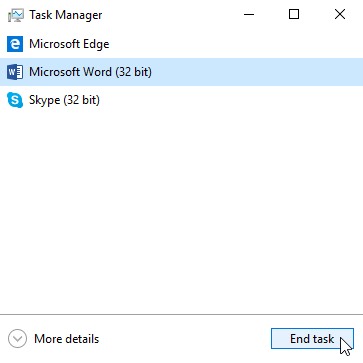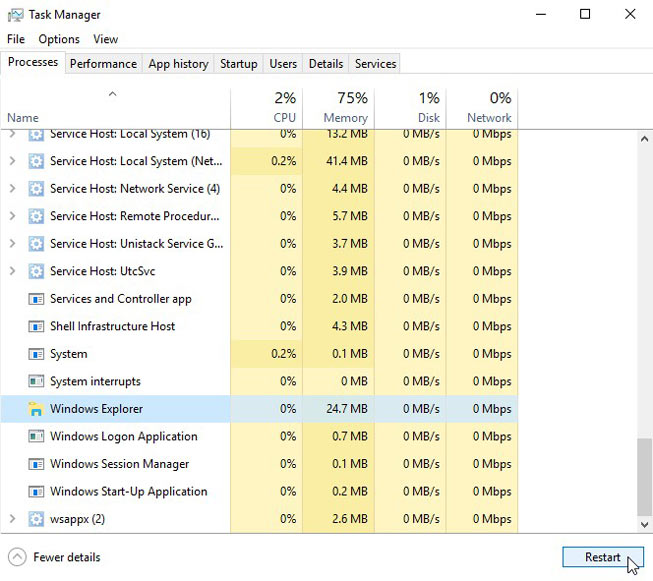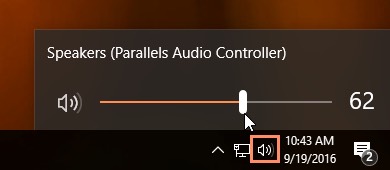What is the basic troubleshooting?
Basic Troubleshooting and Repair Steps:
Introduction
Do you know what to do if your screen goes blank? What if you can't seem to close an application, or can't hear any sound from your speakers? Whenever you have a problem with your computer, don't panic! There are some basic troubleshooting techniques you can use to fix issues like this. In this lesson, we'll show you some simple things to try when troubleshooting, as well as how to solve common problems you may encounter.
Basic troubleshooting techniques
There are many different things that could cause a problem with your computer. No matter what's causing the issue, troubleshooting will always be a process of trial and error. In some cases, you may need to use several approaches before you can find a solution; other problems may be easy to fix. We recommend starting by using the following tips.
- Write down your steps. Once you start troubleshooting, you may want to write down each step you take. This way, you'll be able to remember exactly what you've done so you can can avoid repeating the same mistakes. If you end up asking other people for help, it will be much easier if they know exactly what you've already tried.
- Take notes about error messages. If your computer gives you an error message, be sure to write down as much information as possible. You may be able to use this information later to find out if other people are seeing the same error.
- Always check the cables. If you're having trouble with a specific piece of computer hardware, such as your monitor or keyboard, an easy first step is to check all related cables to make sure they're properly connected.
- Restart the computer. When all else fails, one of the best things to try is simply restarting the computer. This can solve a lot of basic issues you may experience with your computer.
Troubleshooting specific problems
Now that you know a few troubleshooting techniques, we'll talk about possible solutions for some of the most common problems you may encounter.
Problem: An application is running slowly
- Solution 1: Close and reopen the application.
- Solution 2: Update the application. To do this, click the Help menu and look for an option to Check for Updates. If you don't find this option, another idea is to run an online search for application updates.

Problem: An application is frozen
Sometimes an application may become stuck, or frozen. When this happens, you won't be able to close the window or click any buttons within the application.
- Solution 1: Force quit the application. If a program has become completely unresponsive, you can press (and hold) Ctrl+Alt+Delete (the Control, Alt, and Delete keys) on your keyboard to open the Task Manager. You can then select the unresponsive application and click End task to close it.

- Solution 2: Restart the computer. If you are unable to force quit an application, restarting your computer will close all open apps.
Problem: The computer is frozen
Sometimes your computer may become completely unresponsive, or frozen. When this happens, you won't be able to click anywhere on the screen, open or close applications, or access shut-down options.
- Solution 1: Restart Windows Explorer. To do this, press and hold Ctrl+Alt+Delete on your keyboard to open the Task Manager. Next, locate and select Windows Explorer from the Processes tab and click Restart. If you're using Windows 8, you may need to click More Details at the bottom of the window to see the Processes tab.

- Solution 2: Press and hold the Power button for 5-10 seconds. This will force the computer to shut down.
- Solution 3: If the computer still won't shut down, you can unplug the power cable from the electrical outlet. If you're using a laptop, you may be able to remove the battery to force the computer to turn off. Note: This solution should be your last resort after trying the other suggestions above.
Problem: The mouse/keyboard has stopped working
- Solution 1: If you're using a wired mouse or keyboard, make sure it's correctly plugged in to the computer.
- Solution 2: If you're using a wireless mouse or keyboard, make sure it is turned on and that its batteries are charged.
Problem: The screen is blank
- Solution 1: The computer may just be in Sleep mode. Simply click the mouse or press any key on the keyboard to wake it.
- Solution 2: Make sure the monitor is plugged in and turned on.
- Solution 3: Make sure the computer is plugged in and turned on.
- Solution 4: If you're using a desktop computer, make sure the monitor cable is properly connected to the computer tower and the monitor. Problem: I can't hear the sound on my computer
- Solution 1: Check the volume level. Click the audio button in the bottom-right corner of the screen to make sure the sound is turned on and the volume is up.

- Solution 2: Check the audio player controls. Many audio and video players will have their own separate audio controls. Make sure the sound is turned on and the volume is up in the player.

- Solution 3: Check the cables. Make sure external speakers are plugged in, turned on, and connected to the correct audio port or a USB port. If your computer has color-coded ports, the audio output port will usually be green.
- Solution 4: Connect headphones to the computer to determine if you can hear sound from the headphones.
Comments
Post a Comment